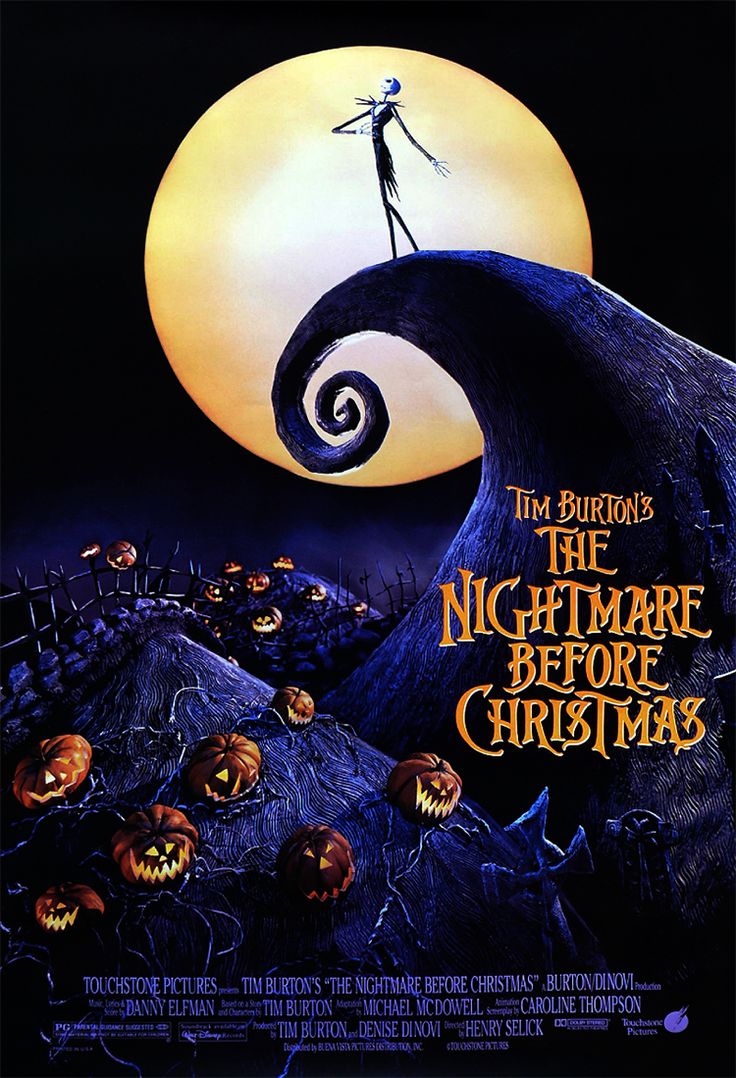
German Expressionism developed
around the 1920’s and is arguably the first artistic film movement in the world
- developing film as an art form, paving the way for other avant-garde styles
to be created. It allowed the art of film to imitate life on a subverted
sub-conscious level through the visualisation of the set, make-up, lighting,
framing, etc.
Whilst the oligopoly of America’s control over the film industry
was focusing more on making
purely popular and likeable stories, strictly for the purposes of entertainment
and profit. Germany began making film more expressive, meticulous and differing
it from the norm - making film art.

Small film companies used German Expressionism to be noticed,
persisting through Germany’s filmmaking governmental control of the Universum Film Antien (UFA). The small
company Decla, went on to produce the classic film ‘The Cabinet of Dr. Caligari’,
changing the forefront of cinema.
 This film heavily focuses upon the psychoanalysis of the
main character, with the entirety of the film being inside the characters mind.
The French D’art movement also heavily influenced this, as Germany began to
think more about the narrative and complexities of film, specifically those in
which sited within the character, this was called Autorenfilm (the authors
film).
This film heavily focuses upon the psychoanalysis of the
main character, with the entirety of the film being inside the characters mind.
The French D’art movement also heavily influenced this, as Germany began to
think more about the narrative and complexities of film, specifically those in
which sited within the character, this was called Autorenfilm (the authors
film).
The film was written by Hans Ianowitz and Carl Mayer and was based
off of their experiences from World War I and created the spectacle of German
Expressionism by manipulating the norm ‘expressionistically,
rather than realistically’. Buildings and furniture were often distorted, and characters were accentuated by using make-up to suggest a
subjective character trait, all of which was then decoded by the audience. This
represented the characters inner emotions in a relative and physical form,
allowing the audiences to sub-consciously understand beyond the narrative.
 Gothic
Novels became popular around the 18th and 19th century
and are also a big influence on German Expressionism. Gothic novels became more
than the terror of the landscape and changed to concentrating on the disturbing
nature of the human body itself. Bram Stoker’s Dracula was first published in
1897, based in London, Dracula’s narrative symbolised the Victorian concerns at
the time, insinuating around the fear of immigration with Dracula being
‘feared
for his ability to move unnoticed through the crowds of London’, with the capability
to inflict vampirism upon them.
Gothic
Novels became popular around the 18th and 19th century
and are also a big influence on German Expressionism. Gothic novels became more
than the terror of the landscape and changed to concentrating on the disturbing
nature of the human body itself. Bram Stoker’s Dracula was first published in
1897, based in London, Dracula’s narrative symbolised the Victorian concerns at
the time, insinuating around the fear of immigration with Dracula being
‘feared
for his ability to move unnoticed through the crowds of London’, with the capability
to inflict vampirism upon them. Germany’s release of ‘Nosferatu’ in 1922, which is a rendition of
Dracula, consists of expressionistic approaches heavily forming around the
harsh shadows and lighting techniques which accentuates the characters
misdemeanour. ‘Nosferatu’ also is equated around the concerns of immigration,
but particularly from the Jews. Nosferatu’s appearance along with the constant
usage of rats, all relates to the idea of the ‘Jewish Plague’. This is a
notable fact when looking upon Germany’s future and World War II.
Germany’s release of ‘Nosferatu’ in 1922, which is a rendition of
Dracula, consists of expressionistic approaches heavily forming around the
harsh shadows and lighting techniques which accentuates the characters
misdemeanour. ‘Nosferatu’ also is equated around the concerns of immigration,
but particularly from the Jews. Nosferatu’s appearance along with the constant
usage of rats, all relates to the idea of the ‘Jewish Plague’. This is a
notable fact when looking upon Germany’s future and World War II. German Expressionism has also influenced upon recent and present cinematic
characteristics, particularly shown within Tim Burton’s films. Burton’s first
animation ‘Vincent’ (1982), is clearly influenced by German Expressionism, particularly
‘Caligari’, with the broken railings, harsh shadows and pointed rooftops, with
other inspirations of “Dr Seuss meets Edgar Allan Poe”. His more recent animations of Disney’s ‘The Nightmare Before Christmas’ (1993), is a phenomenon that combines Christmas
with Halloween, whilst still incorporating the expressionistic approaches of German cinema regarding low-key lighting, harsh shadows, and distorted buildings.
German Expressionism has also influenced upon recent and present cinematic
characteristics, particularly shown within Tim Burton’s films. Burton’s first
animation ‘Vincent’ (1982), is clearly influenced by German Expressionism, particularly
‘Caligari’, with the broken railings, harsh shadows and pointed rooftops, with
other inspirations of “Dr Seuss meets Edgar Allan Poe”. His more recent animations of Disney’s ‘The Nightmare Before Christmas’ (1993), is a phenomenon that combines Christmas
with Halloween, whilst still incorporating the expressionistic approaches of German cinema regarding low-key lighting, harsh shadows, and distorted buildings.
Comments
Post a Comment